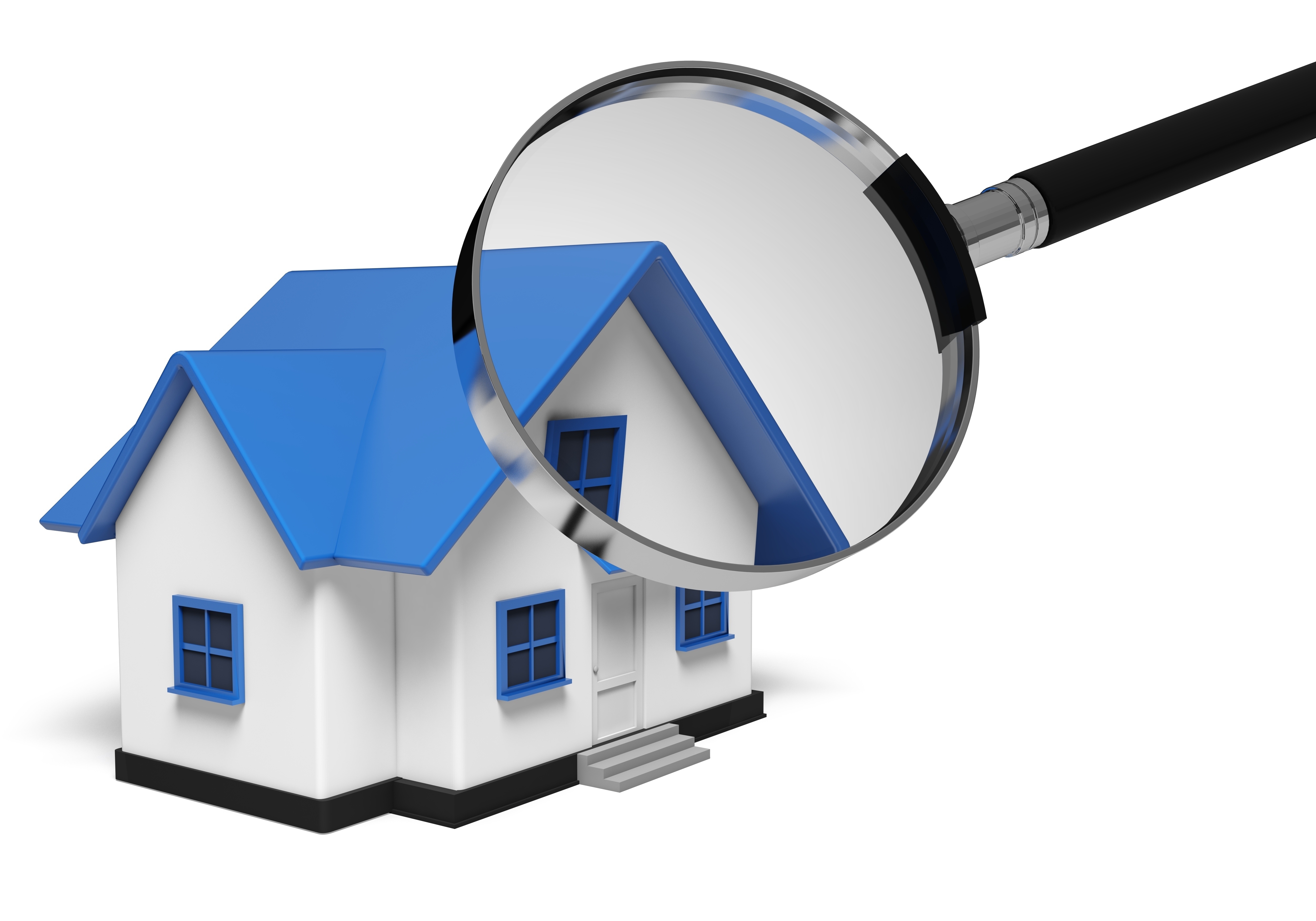
An Overview of the Appraisal ProcessGetting a home can be the most serious transaction some people might ever make. It doesn't matter if where you raise your family, an additional vacation property or one of many rentals, purchasing real property is a complex transaction that requires multiple people working in concert to see it through. Practically all the parties involved are very familiar. The real estate agent is the most known entity in the exchange. Next, the bank provides the money needed to bankroll the transaction. And ensuring all areas of the exchange are completed and that a clear title transfers from the seller to the purchaser is the title company. So, what party makes sure the value of the real estate is consistent with the amount being paid? In comes the appraiser. We provide an unbiased opinion of what a buyer could expect to pay — or a seller receive — for a parcel of real estate, where both buyer and seller are informed parties. A licensed, certified, professional appraiser from Home Real Estate & Appraisals, Inc. will ensure, you as an interested party, are informed. Appraisals begin with the home inspectionOur first responsibility at Home Real Estate & Appraisals, Inc. is to inspect the property to ascertain its true status. We must actually view features, such as the number of bedrooms and bathrooms, the location, amenities, etc., to ensure they truly are present and are in the shape a typical buyer would expect them to be. The inspection often includes a sketch of the house, ensuring the square footage is proper and illustrating the layout of the property. Most importantly, we identify any obvious features - or defects - that would have an impact on the value of the property. Next, after the inspection, an appraiser uses two or three approaches to determining the value of the property: a sales comparison, a replacement cost calculation, and an income approach when rental properties are prevalent. 
Replacement CostThis is where the appraiser uses information on local construction costs, labor rates and other elements to determine how much it would cost to replace the property being appraised. This figure often sets the maximum on what a property would sell for. The cost approach is also the least used predictor of value. 
Paired Sales AnalysisAppraisers become very familiar with the communities in which they work. They thoroughly understand the value of particular features to the people of that area. Then, the appraiser looks up recent transactions in the vicinity and finds properties which are 'comparable' to the subject in question. By assigning a dollar value to certain items such as square footage, additional bathrooms, hardwood floors, fireplaces or view lots (just to name a few), we add or subtract from each comparable's sales price so that they more accurately match the features of subject property.
Once all necessary adjustments have been made, the appraiser reconciles the adjusted sales prices of all the comps and then derives an opinion of what the subject could sell for. At Home Real Estate & Appraisals, Inc., we are an authority when it comes to knowing the worth of particular items in Pleasanton and Alameda County neighborhoods. This approach to value is commonly given the most consideration when an appraisal is for a real estate exchange. Valuation Using the Income ApproachA third method of valuing real estate is sometimes used when a neighborhood has a reasonable number of rental properties. In this situation, the amount of revenue the real estate generates is factored in with other rents in the area for comparable properties to determine the current value. Putting It All TogetherCombining information from all approaches, the appraiser is then ready to document an estimated market value for the property in question. The estimate of value at the bottom of the appraisal report is not necessarily the final sales price even though it is likely the best indication of a property's valueThere are always mitigating factors such as the seller's desire to get out of the property, urgency or 'bidding wars' that may adjust the final price up or down. But the appraised value is typically used as a guideline for lenders who don't want to loan a buyer more money than they could recover in the event they had to put the property on the market again. At the end of the day, an appraiser from Home Real Estate & Appraisals, Inc. will guarantee you attain the most accurate property value, so you can make the most informed real estate decisions. |